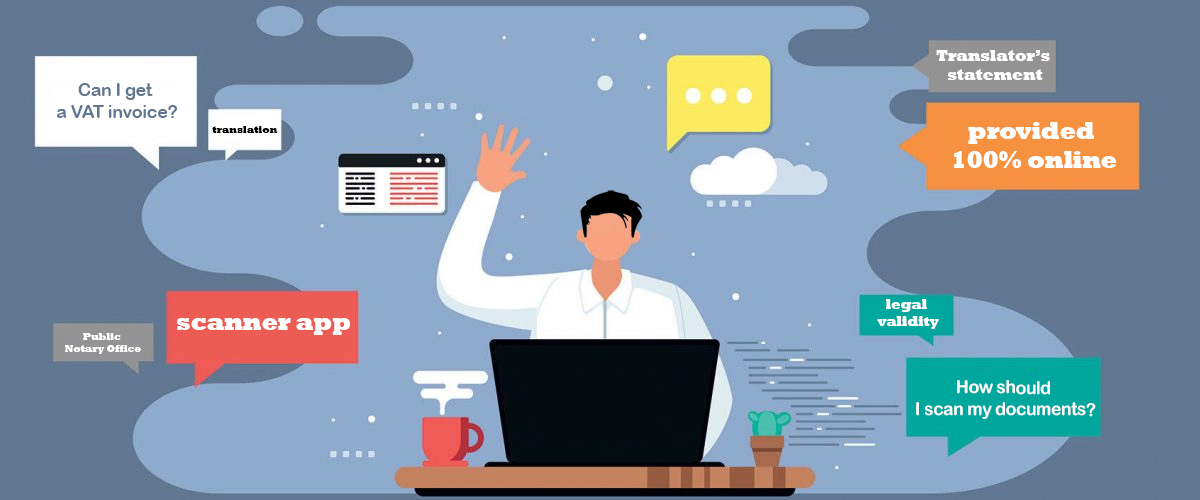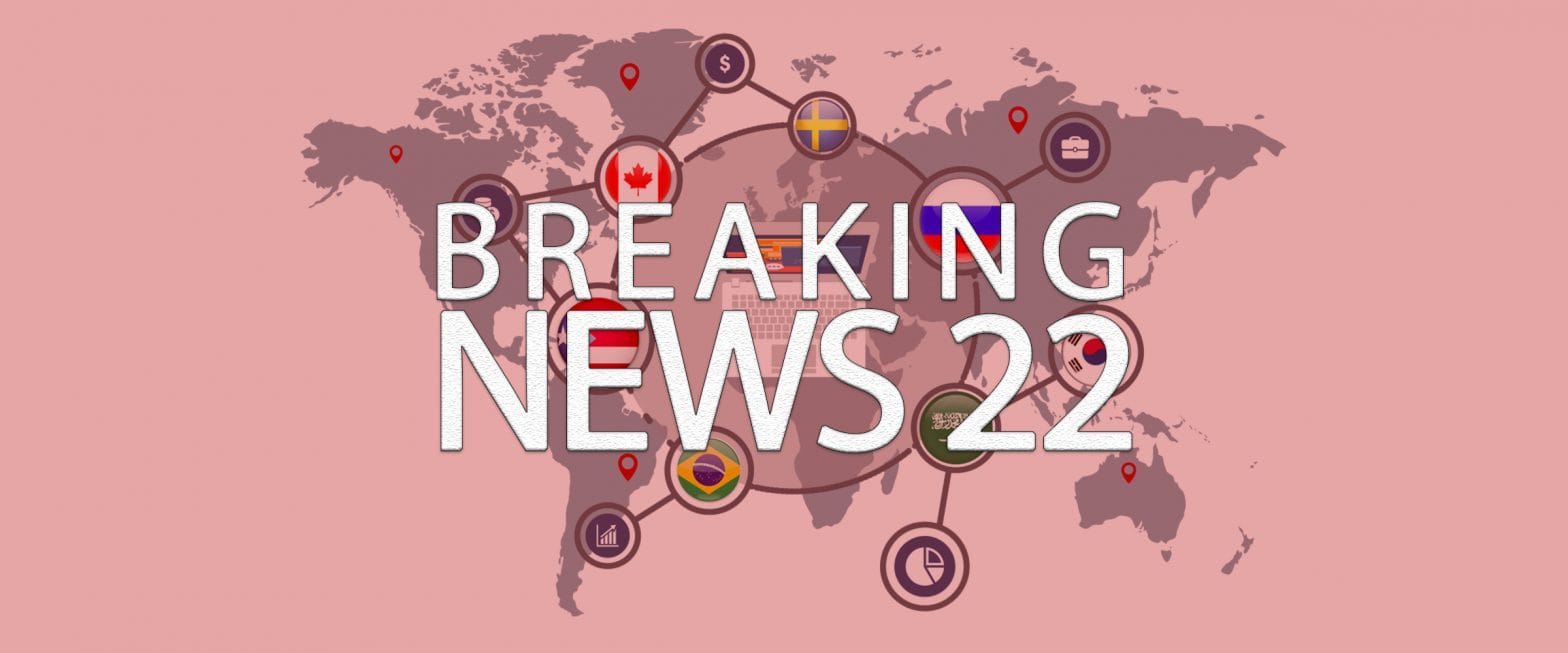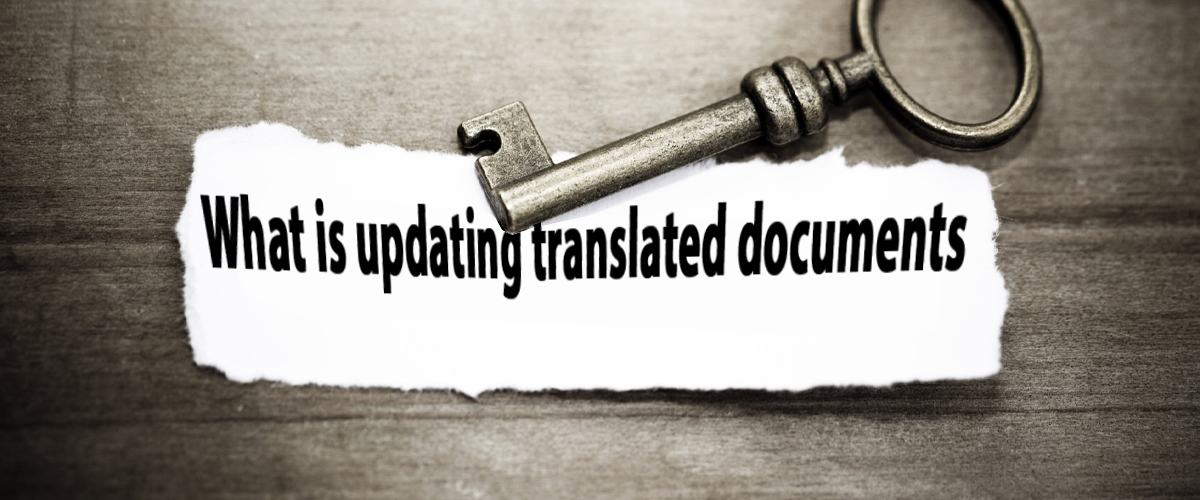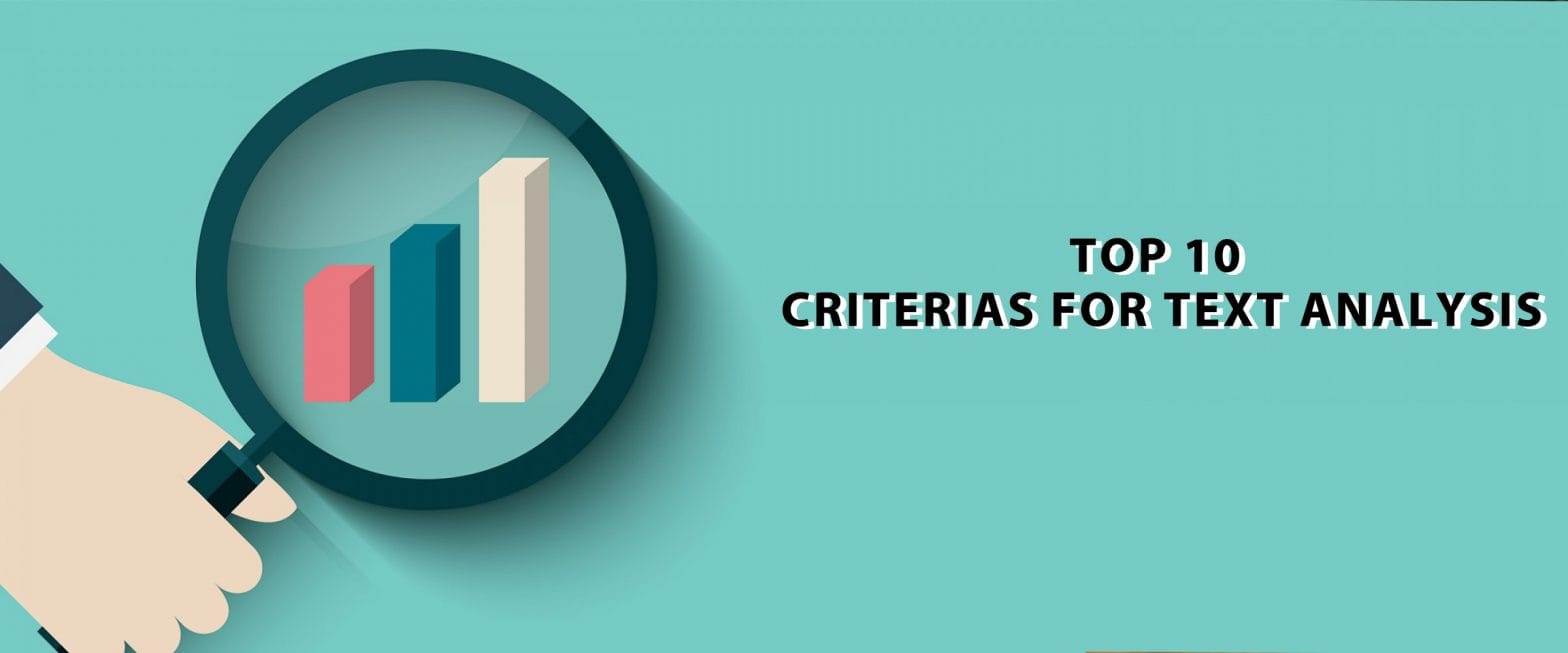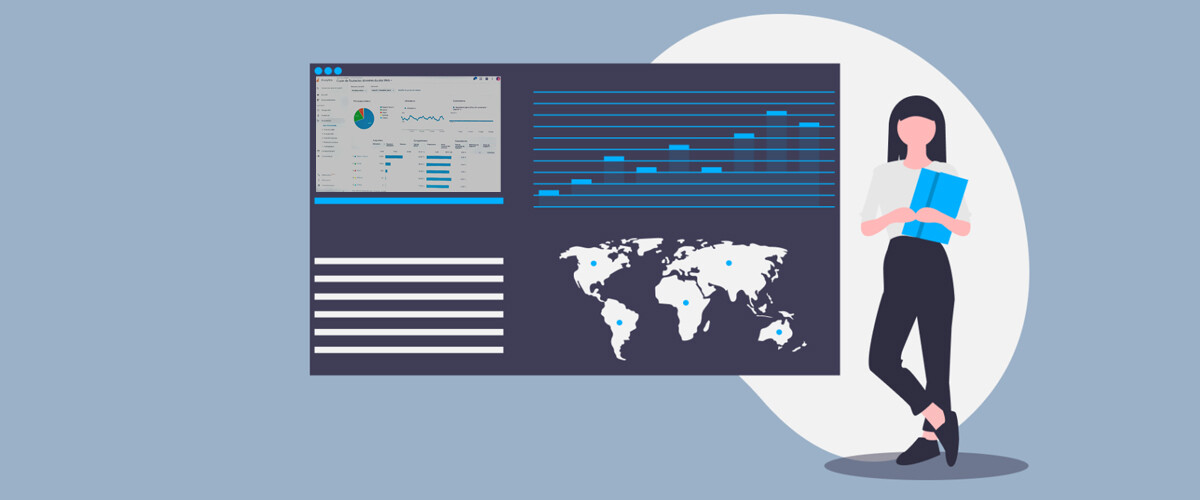#2. Text Purpose
The purpose of the text can be stated in its title or headline (subheadings), or even in the abstract, or in the text content itself. It is necessary to differentiate between the purpose of the text, in terms of the the author’s intention, and the application of the text. For example, laws include many provisions governing an area or action, and sanctions, thus exist for two purposes: regulation and prevention. On the other hand, legal translation has ample purposes, from informing to the readers in the target language to applying and interpreting the law in the legal context. A text can have many purposes: an article can hold the purposes of communication, debate encouragement, criticism /praise, recommendation, advise, opinions, rebuttal, or all above. Therefore, the translator must understand the purpose(s) of the text in order for the translated work to convey not only the value of the information, but also its implicit purposes. Use of the original and the use to which the translation is intended may be different through the translation abstract (if any) and the purpose of the original is often different from that of the translation. Comparing the uses of these two will help the translator develop a framework for translation.
#3. Text genres
In pre-translation analysis, the translator must consider the target audience of the original and translation, as well as the genre of the text to determine the author’s work. Genre is used to describe different groups of works, not only in literature but also in art and music. In a library or bookstore, the books will be classified by genres such as crime, romance, fiction, superhero, children’s, etc. These are different types of fiction. For non-fiction literature, the most popular genres are autobiography, reference books, user manuals, travel guides, history, and hobby. This is only the part of it. In mass media, there are different genres: editorials, general news column, featured news, short articles to be filled in newspapers, before deskstop publishing is made available), criticism, obituary, and reporting categories. Some other categories translators may encounter are textbooks, travel brochures, or product and service websites. The genre and discourse industry certainly influences the strategy that translators adopt. Peter Newmark has identified two different translation methods: translation for information and translation for semantics (About Translation 19001: 10-11). According to Newmark, translation aims to reader-centered information, with the desire that the message is conveyed in the most understandable way. On the contrary, semantic translation is author-centered, translating more semantically and depends on the original. For newspapers, advertisements, announcements, etc. the application of translation for the purpose of conveying information is usually effective. Moreover, for texts that are required to adhere to the original with well-defined terms and concepts, such as legal documents and patents, the translator must opt to semantic approach and preserve the syntax of the original as much as possible. These two approaches can sometimes be used in parallel, even on the same document, as different sections may represent different types of documents.
#4. Format
The format is the layout and features that are not lexical. It is basically a template to shape the text into a certain layout, text containing a series of paragraphs, for instance, or an MS PowerPoint presentation with a bunch of presentation effects, such as text, bubbles, subtitles, illustrations, bullet points, etc. Format is a design feature but also a cultural “envelope”, ie the format itself also has the characteristics of the type of document. If the original is formatted adhering to a certain standard (e.g. balance sheet) then the translator’s task will include translation and conversion: usually the format from the original language is to be slightly customized when translated to the target language.
#5. Grammar and syntax
Text language includes the grammatical and syntactic features, that is, the lingual structure. English grammar does not express much of formality; In fact, there is little difference between usage (the theoretical usage of language) and the practice in use (the practical usage). This exists in any languages, to a certain extent, due to formal and informal discourse, but the difference is greater in English. In terms of English syntax, logic and structure of sentences depend mainly on word order (“less grammar” means discourse is often not “directed”). The basic word order is usually subject – verb – direct object – indirect object, to which the translator needs to identify when (and where) the writer has strayed further from the standard grammar, syntax, and for what reason. Citing the archetypal verb “to boldly go” is a smooth move by the writers of the Star Trek. If the writers follow the norm and write “To go boldly where no man has gone before”, would the series be the as big as it is now?
#6. Vocabulary and language
These characteristics are the foundation for text analysis and translation workflow. If subject, genre and format are important factors in establishing the scope and nature of translation, words are the stepping stones for the original text. There are many linguistic definitions, yet described mostly by two basic aspects: multiple languages used for a particular purpose or used in a particular social context (formality level). An important aspect of language, along with discourse is the participant or discourse intonation, reflecting the relationship between the author and the reader. The questions related to the participants to be asked in text analysis including: Personal or non-personal, formal or informal language? How formal it is? Is it accessible or not? Another aspect to be noted is discourse method. This method can be seen as describing the channels to which language is delivered and can also include visual channels (images, signs or symbols) and tactile (touch). The method of discourse is often described using privacy criteria, which measure the limit of readership (i.e, who is allowed to read the translations). Vocabulary and terminology refer to the total number of words of a given language or text. It is necessary to distinguish vocabulary and language in text analysis. Words alone do not make a context – discourse only make sense from connected words and sentences. Word-for-word translation (also known as “semantic translation”) tends to create series of lexical units with no meaning. A coherent context can only be created when sequences comply with the rules and principles in grammar and syntax of the target language, and follow the target language reader’s expectations on sentence structure, discourse model and layout. Furthermore, the recognition of discourse formation occurred under a social or professional context helps to build a bigger picture of the context. The terminology can be changed by varying language, for example, in one dialogue, one can use a formal language, while the other can use the informal. For example, in court, judges and prosecution/defense groups use legal language and concepts, while witnesses or defendants are more likely to use spontaneous expressions. In addition, an examiner, assigned to provide a specialized opinion on an aspect related to the case, will use the typical language of their expertise or area, interspersed with explanation and interpretation. In other words, language can be “simplified” so that amateurs (such as jury members) can understand. Witnesses are those to “simplify” the terminology, not translators.
#7.Style characteristics
We can occasionally recognize an author’s style in the specific points in its work. For example, the author’s vocabulary can be seen through word usage, sentence structure, hieroglyphic language, intonation, and even punctuation. These stylistic features are particularly notable in prose and poetry. One rhetorical figure of speech is called zeugma, which is problematic for translators. Zeugma is a word used to modify two or more other words in different ways or in different senses (e.g. “he broke a world record, and his ankle”).
#8. Layout and logic
Dividing text into paragraphs, sentences, and units provides a framework for argument and logic development. If the discourse and the standard use are contrasting, the reader should make an effort to understand the meaning underlying. For example, poetry is often characterized by unstructured discourse, non-standard word order, grammar, syntax, and vocabulary. Translators are likely to face certain risks if they get start in the translation without giving a careful consideration of the messages of the author, as well as how the author develops and engages the message through means of association. Reading is not just a linear process, but it involves cross-referencing information in the text to build a complete, coherent picture. Semantic translation may expose to possible risks such as: fragmentation of the author’s train of thoughts and intentions; creation and arrangement of “watertight compartments” (often lexical units); and the absence of a comprehensive and coherent discourse, which fully can reflect the ideas fully as they are developed by the author in the form and order of the text. Away to avoid a linear approach to translation is to summarize the main idea (informal summary) of the original by identifying the concepts and messages the text implying as to reconstruct the the main theme throughout the whole text and connect the text.
#9. Meaning
The meaning is intended to be the set of messages conveyed through discourse, spoken or written, in either individual constituent units or text-wide. The messages conveyed by the original must to be correctly understood before the translating begins. Text reading is an essential step in familiarizing yourself with the text, although translators are unconditionally required to study or scrutinize the given text to ensure that the discourse is correctly understood, and author’s intentions have been identified. Factors resulting in reading comprehension problems for text constituent units, or for the whole text, include: intentional or accidental ambiguity; speaking/writing style of the author; non-standard use of words or phrases (either unintentional and intentional); poor quality of the original; the translator was not knowledgeable enough about the concepts stated in the original, possibly due to lack of expertise; the original’s logic and arguments are difficult to comprehend; typing mistakes; or the more formal aspects of the source language. Ultimately, interpretation of the meaning of a passage, or the whole language, depends on the ability to successfully “read and understand” the author, and to decode the codes used by the author. Tools developed by the reader to achieve this include, source language recognition and its conventions and formality, and the ability to determine author’s speaking and writing style, text theme, argument, tone, attitudes, and cultural content/context.
#10. Culture and context
The “culture” is used in many different ways, but in terms of translation, culture is defined as follows:
- Proper nouns (names, titles, places, people, events, companies and organizations, movies, prose and poem, music, art, law);
- Cultural references (art and architecture, socio-cultural phenomena);
- Local and regional words, slang, strange words/phrases, old words;
- Citations (by people, in film/literature)
- The punctuation mark or indicator is used to indicate a particular cultural things,
Above is not a complete list, and is intended only to show cultural diversity and generality. The most common cultural items of found in the original text include: proper nouns, names of people and places, literary works or events, terminology for works of art or architecture, linguistic elements are not included in the vocabulary of the standard language (dialect, etc.).
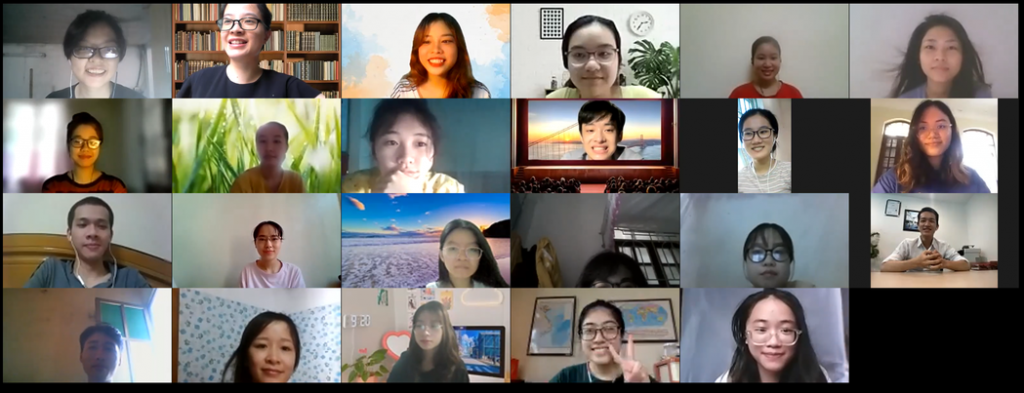
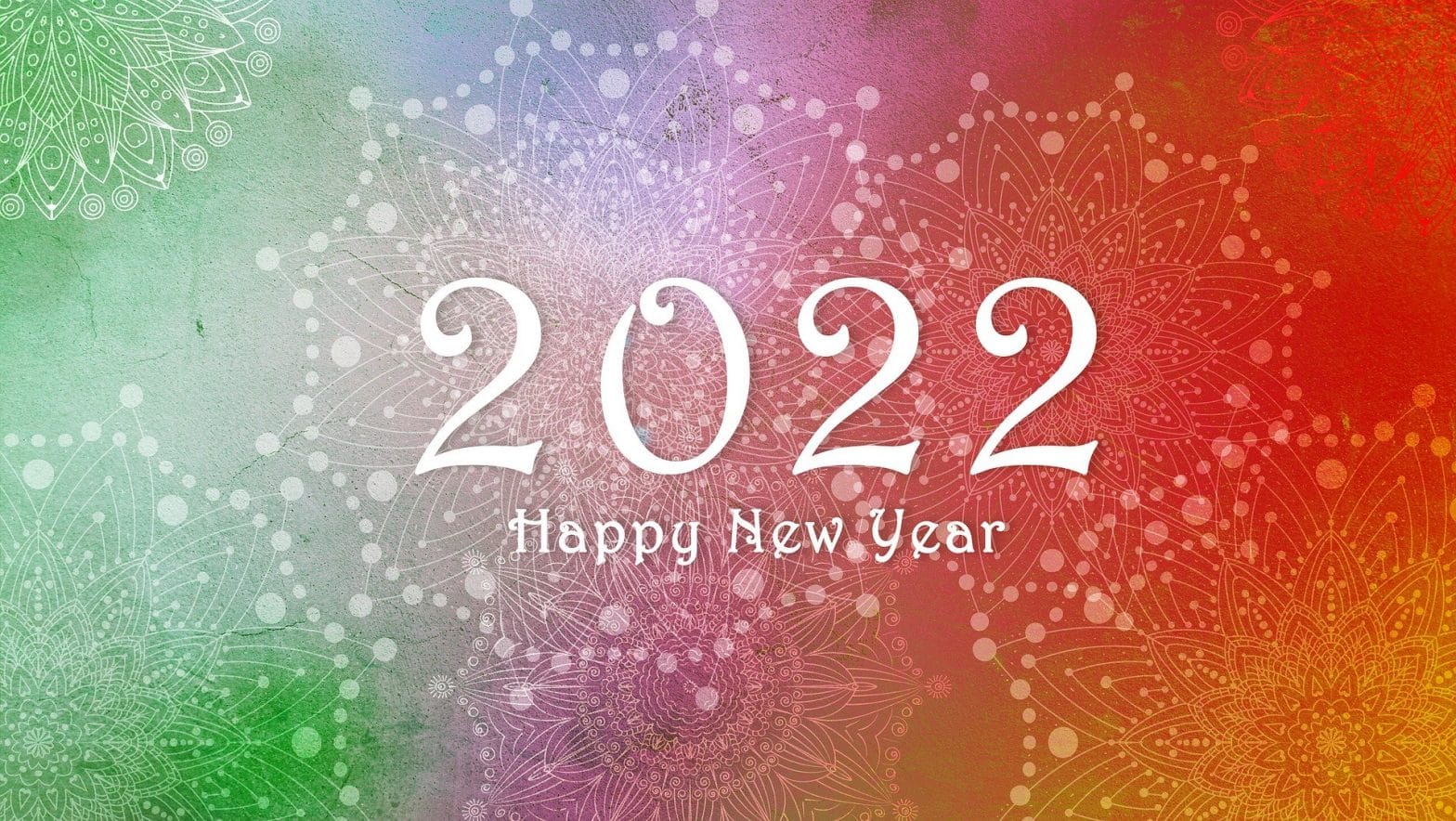

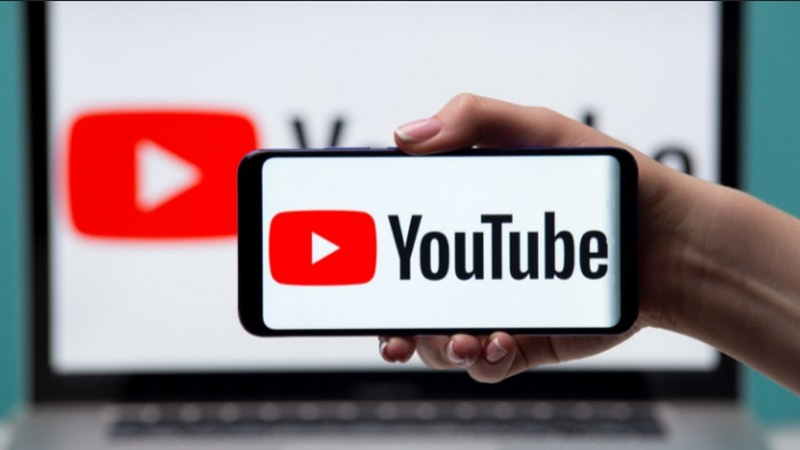



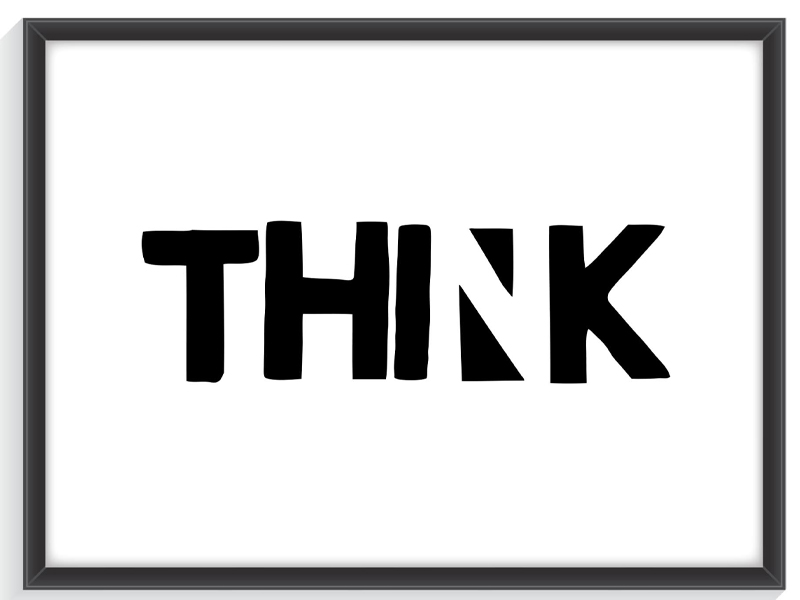

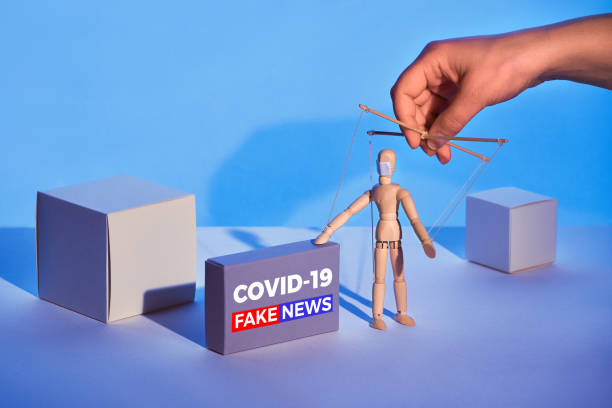

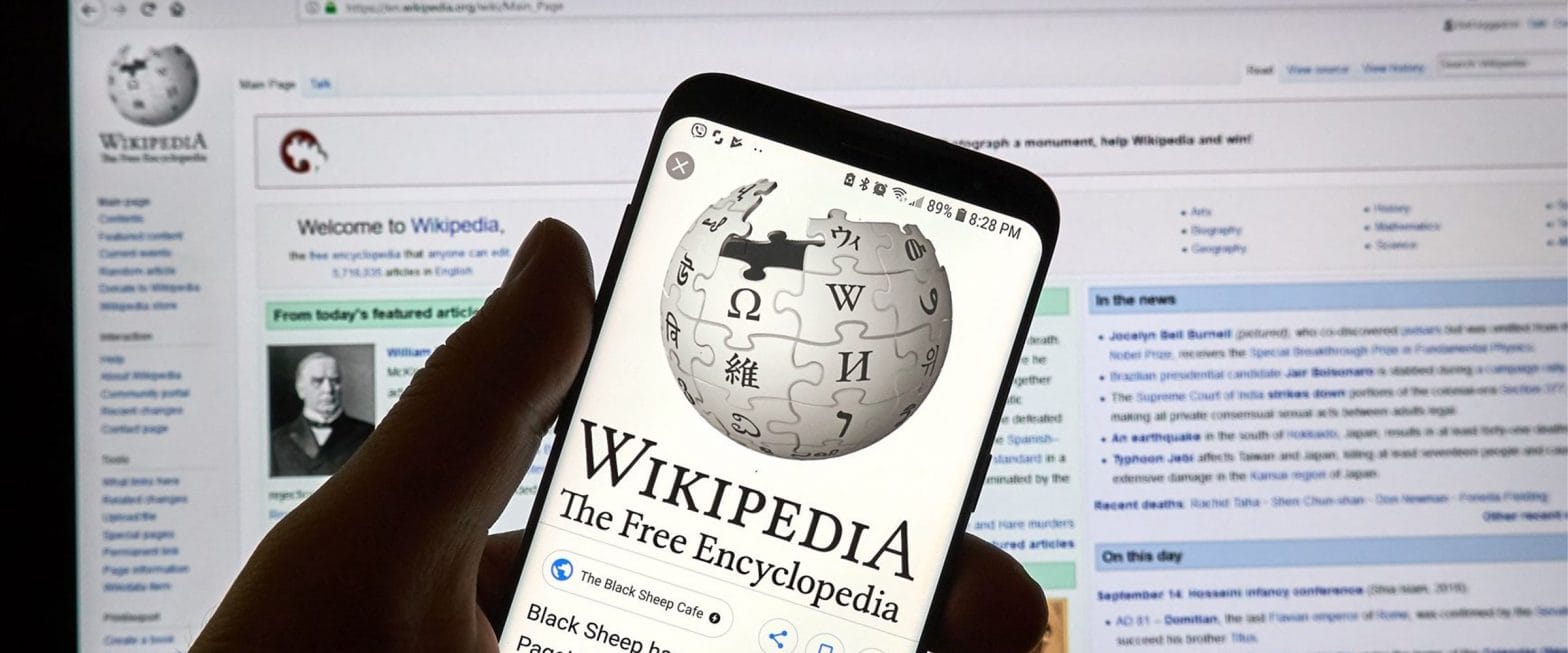
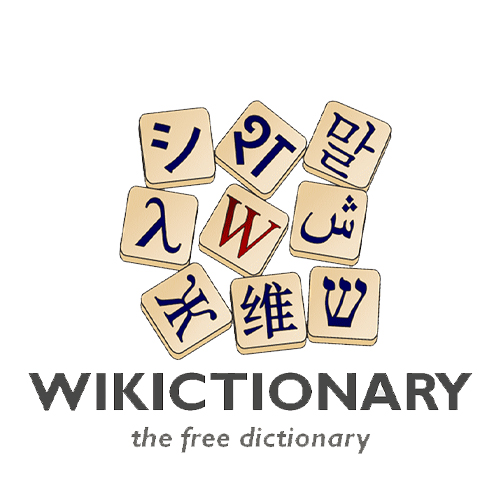

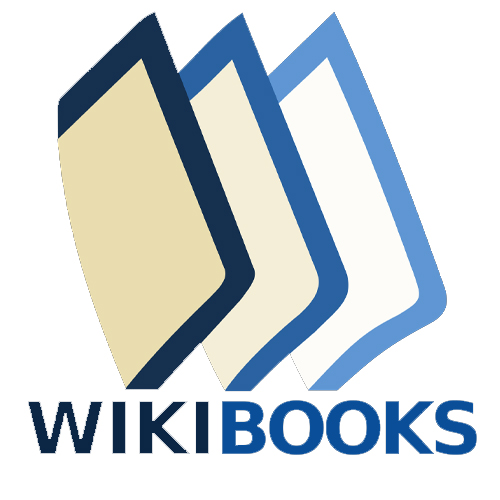

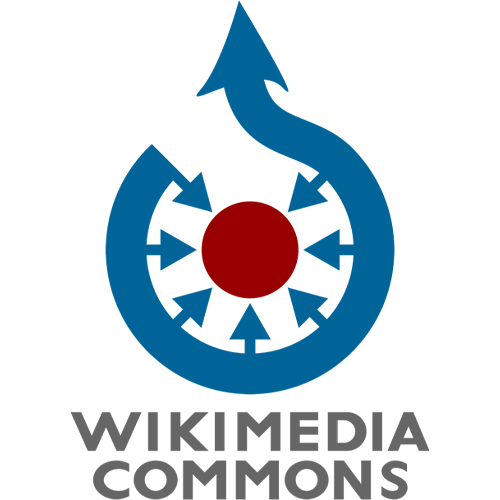
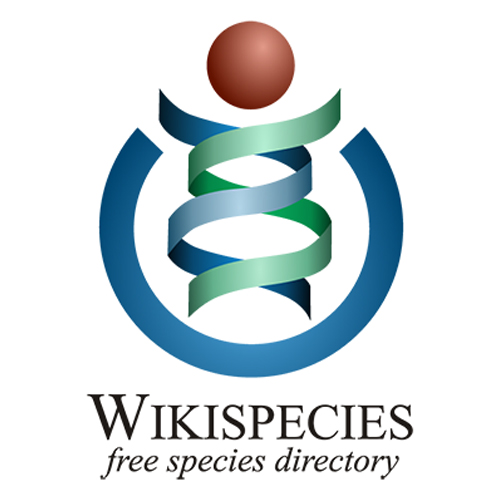

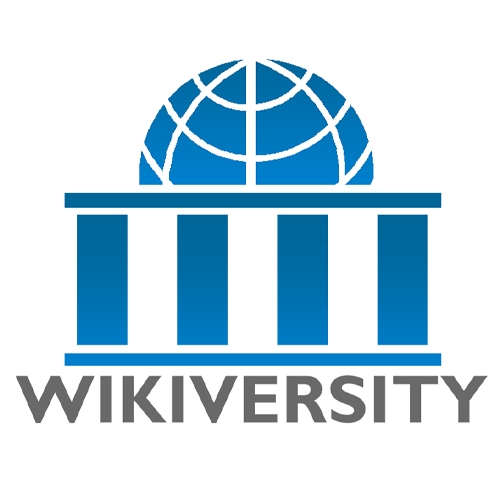




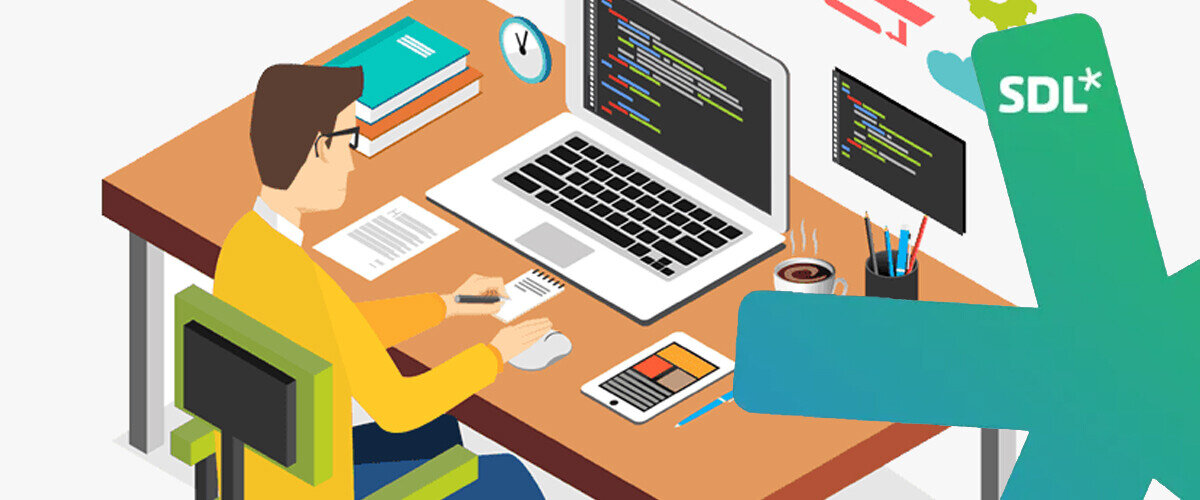









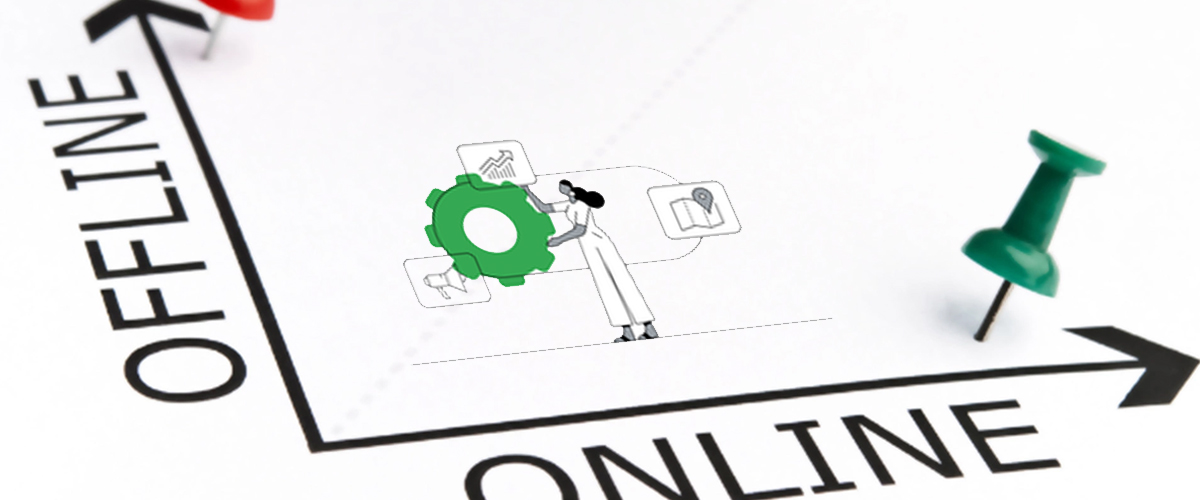




 MT has been rapidly evolving over the last 5 decades. From statistical MT to artificial intelligence approach through AI-Neuron technology. As shown in the graph above, every 10 years, MT cycle seemingly takes one bigger step. Thus, one day MT may keep up with human, we’re talking years, probably.Moreover, users tend to screen over an online article rather than reading every word, which means literally translated articles, or sometimes, articles with a few mistranslated words can be acceptable for them, as song as the main context are ensured on the website presented in target language.Will MT be the translator’s competitor? “YES” may not be accepted by most of translators yet, let’s embrace the opportunities lay within
MT has been rapidly evolving over the last 5 decades. From statistical MT to artificial intelligence approach through AI-Neuron technology. As shown in the graph above, every 10 years, MT cycle seemingly takes one bigger step. Thus, one day MT may keep up with human, we’re talking years, probably.Moreover, users tend to screen over an online article rather than reading every word, which means literally translated articles, or sometimes, articles with a few mistranslated words can be acceptable for them, as song as the main context are ensured on the website presented in target language.Will MT be the translator’s competitor? “YES” may not be accepted by most of translators yet, let’s embrace the opportunities lay within





